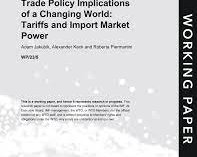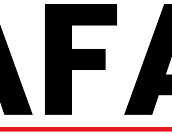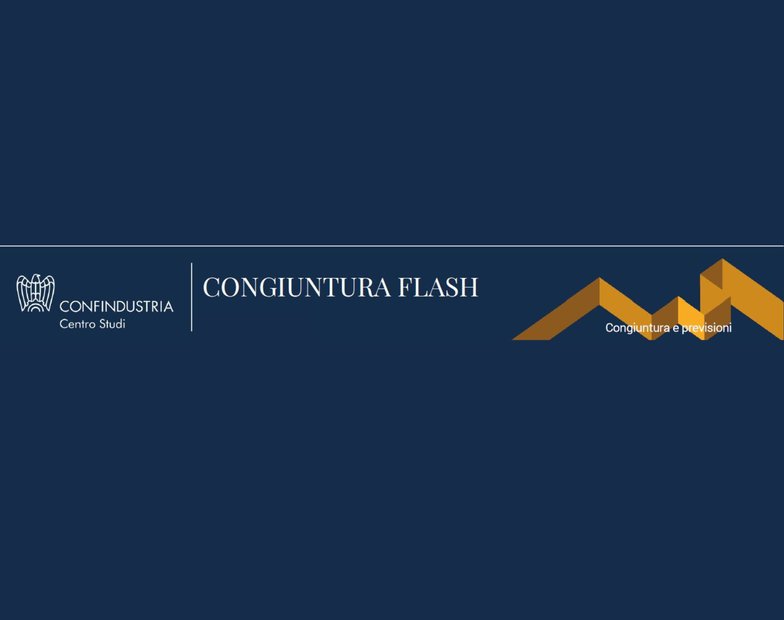After three years of global tariff hikes, the weakness of international trade could lead to a reduction in tariffs this year, especially in intermediate goods. According to the International Monetary Fund, the sectors with the greatest potential reductions in tariff costs on imports will be vehicles, machinery and equipment. Tariff reductions at product level would range from 0 to 18.5 percentage points and will be higher on average for China.
Economic theory suggests that countries’ tariff commitments in trade agreements reflect their import market power at the time of negotiations. However, as countries grow, their market power in different sectors can change in unforeseen ways and their commitments may no longer reflect changed economic conditions. Using a newly built dataset of pre-Uruguay Round applied tariffs and relying on the theoretical framework of the terms-of-trade motive for trade agreements, we estimate hypothetical tariff commitments under current levels of market power and compare them with actual tariff commitments. We find that lower tariff commitments required to reflect current economic conditions would amount to a reduction in annual tariff costs of up to $26.4 billion – equivalent to nearly 10% of global tariff costs. Our results reveal substantial heterogeneity between countries and sectors. The sectors with the largest potential tariff cost reductions are vehicles (HS 87) and machinery and appliances (HS 84-85). Product-level tariff reductions would range from 0 to 18.5 percentage points and are on average largest for China. In the past, the GATT/WTO system has updated tariff commitments through periodic rounds of negotiations, and our findings support the revival of the WTO's negotiation function in this area.



